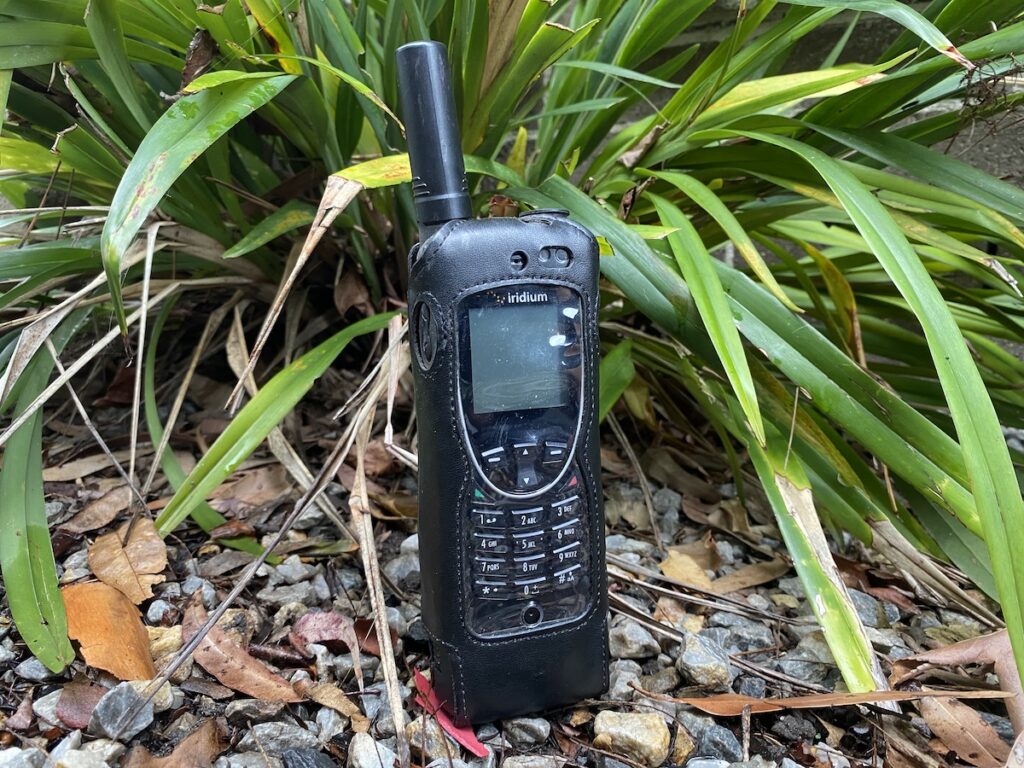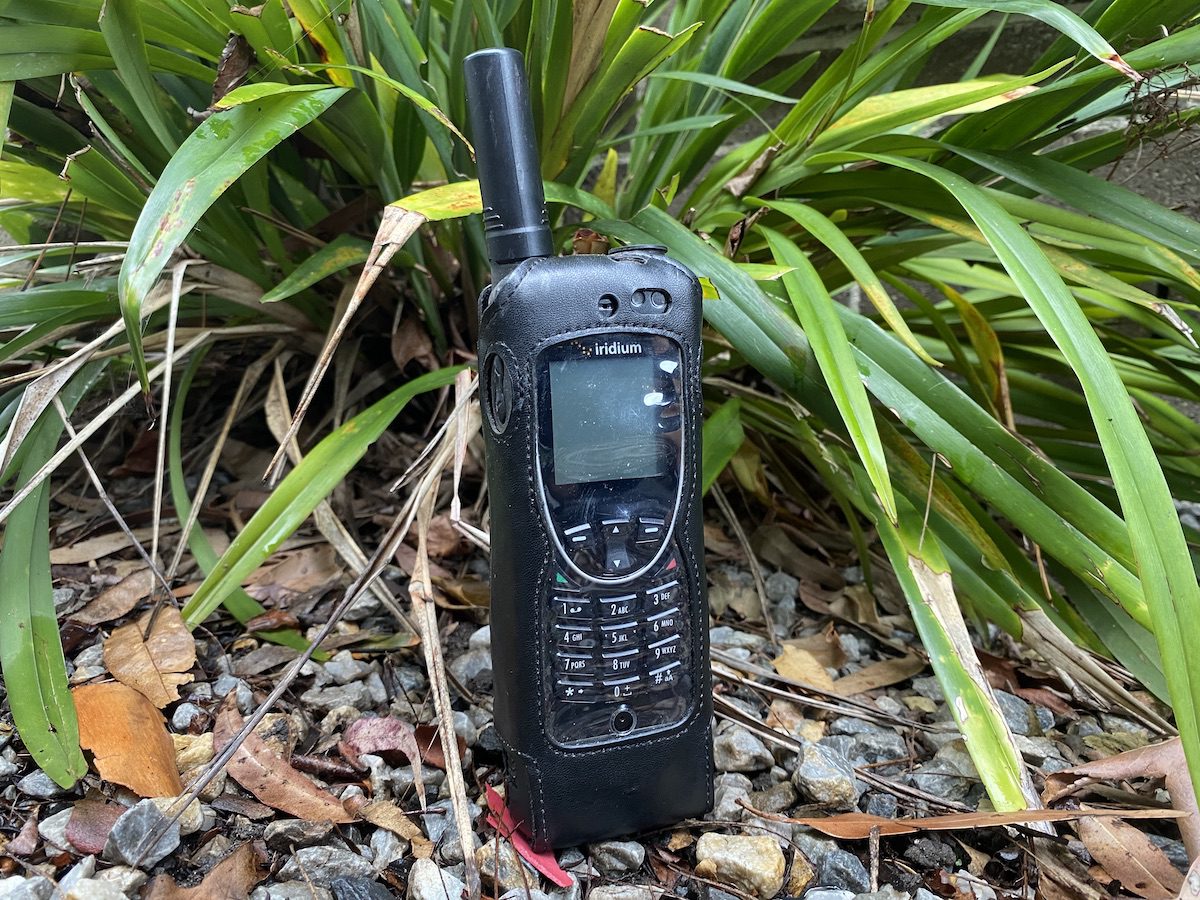Meryl and Roger – New South Wales
QUESTION:
Hi,
Would you weigh in for what safety communications are “must-haves”?
We have been advised to get:
- An HF radio and call in each day,
- A satellite phone (Thuraya),
- A SPOT Gen 3, and
- A good Telstra mobile plan.
Would love your opinion or additional advice. We are about to embark on some long term travelling around Australia with 4×4 tracks included.
ANSWER:
Regarding must-have safety communications for remote and outback travel in Australia, I’d advise the following:
HF Radio
Regarding HF radios, I’ve never used one. However, I’ve spoken at length with people who use them, to better understand what all the fuss is about. They use them exactly how you described… to call in every day.
Yes, HF radios are definitely an option.
But I would still go for a satellite phone. It’s far more versatile than a HF radio. You can call anyone on a sat phone, whereas with a HF radio you need to rely on others to relay messages.
Also with HF radios, you need to know which frequencies to use depending on time of day. And you need a monster antenna.
And while some networks/HF radios/mobile phones will connect with each other, your conversation goes out over a public network. So everyone can hear your entire conversation.
Satellite Phone and/or SPOT
You need a satellite phone or an EPIRB (PLB), but not both. We had a SPOT Gen 3. It’s a good low-cost option, but has a few limitations.
We now have a sat phone. It’s an Iridium Extreme with a Pivotel plan at around $50/month. Other telcos offer plans as well. You can find details of these plans online.

Why a satellite phone rather than a SPOT? The sat phone gives us the ability to actually speak to someone in person and explain our situation. For example if we have a breakdown, then we can talk to a mechanic before they send someone out.
Make sure you practice using your satellite phone before travelling remote. You don’t want to be trying to figure out how it works in the midst of an emergency, like the scene of a car accident for example.
Also, give it a quick charge every couple of weeks. You can charge a sat phone from a USB port or charger port in your vehicle.
Your sat phone could well be a life-saver. So you need to be familiar with using it… and be sure it’s charged and ready to use.
Here’s a helpful comparison between the Iridium, Inmarsat and Thuraya satellite phones. Interestingly, the Thuraya comes last in this comparison, mainly due to poor coverage in Australia. So you might be wise to look into this further before buying a Thuraya satellite phone.
Telstra Mobile Plan
As much as it pains me to say anything positive about Telstra, I agree you need a Telstra plan. Telstra still has the broadest mobile coverage Australia-wide.
You’ll find a few places with Optus-only or Vodafone-only (e.g. Oodnadatta Track) but these are rare. On the whole, Telstra is far and away the best phone carrier once you’re away from cities.
Call-Ins
Finally, if you’re travelling somewhere remote which doesn’t have mobile coverage, call someone and let them know where you’re going and roughly how long you’ll be off the air. Your contact person could be a friend or family member – someone reliable and level-headed.
Hope this helps.
Regards,
Andrew
P.S. If you want to see what other questions people are asking, go here.
Join in… write your own page!
Simply click here to go back to the Questions page and fill out the form!
Comments for: What Safety Communications Devices Are Must-Haves?
Add your comments below.


I have plans to do a trip that will see me travel from Longreach-Winton-Birdsville-Camerons Corner-Broken Hill {middle part of trip}. I have put together a card to hand into Police stations along the way as I am travelling solo {poor response from local police}. It includes car details, my details, 2x mobile phone numbers {1x Vodafone, 1x Telstra} C.B. callsign ch18vhf. Travelling from…….., to…………, expected ETA, 3x emergency contacts, plus indication of T2 diabetes
Search for paper maps is difficult as most now use Google. Google doesn’t allow for places of interest that paper maps provide.
Hi Les,
Good idea Les. Enjoy your trip.
Cheers, Andrew